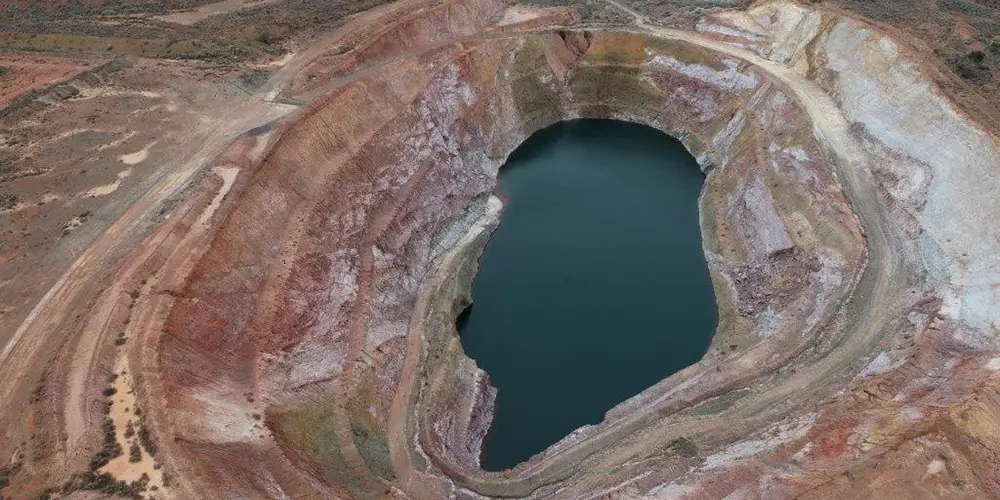Hydrological and geochemical processes and closure options for below water table open pit mines

Dig Deeper Presentation
Research Program
Operational Solutions
Project Leader
Professor Peter Cook
Summary
Historically water management at mines that are no longer producing has often resulted in significant long-term ongoing costs and/or environmental legacy issues. This has made it very difficult, if not impossible, for proper mine closure and lease relinquishment. This is especially true for open pit mines that have been dewatered for mine operation. Yet, pit lake water could provide a valuable resource rather than constitute a liability for regional environments, their communities and economic development in a post mining environment. Realising the potential for this water resource would support orderly transition to relinquishment and facilitate successful transition to sustainable post-mining regional communities and economies.
Successful management strategies for pit lakes have to establish the resource capacity and quality under the local climatic and hydro(geo)logical conditions of the mine site. This forms the basis for considering post-mining land-use strategies (e.g., tourism, aquaculture, agriculture) while safeguarding water requirements for ecosystem protection and revegetation at the local and regional scale.
This project examines the potential to optimise water management and water use for environmental restoration and examine the potential opportunities and value of other beneficial water uses. It identifies challenges and opportunities and the key research needed to enable water management to achieve environmental, cultural and economic goals. This work was conducted by a team with expertise in groundwater and surface water flow, water chemistry and water quality and an understanding of mine operational requirements.
Project Partners
BHP; ChemCentre; Flinders University; Fortescue; Newmont Mining Services; Rio Tinto; South32; University of Queensland; University of Western Australia; Department of Water and Environmental Regulation, Western Australian Government; Golder Associates
Duration
9 months – Completed
